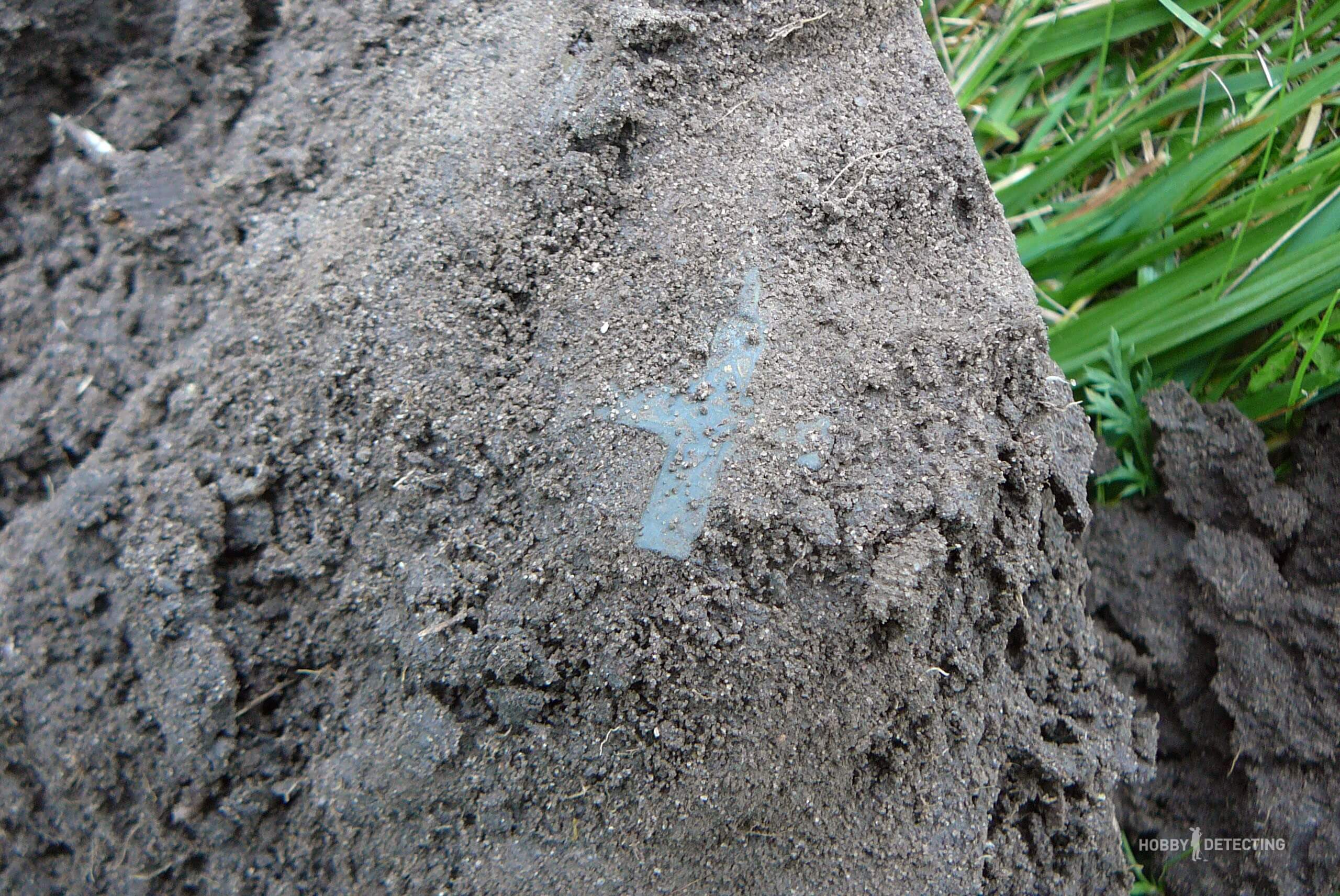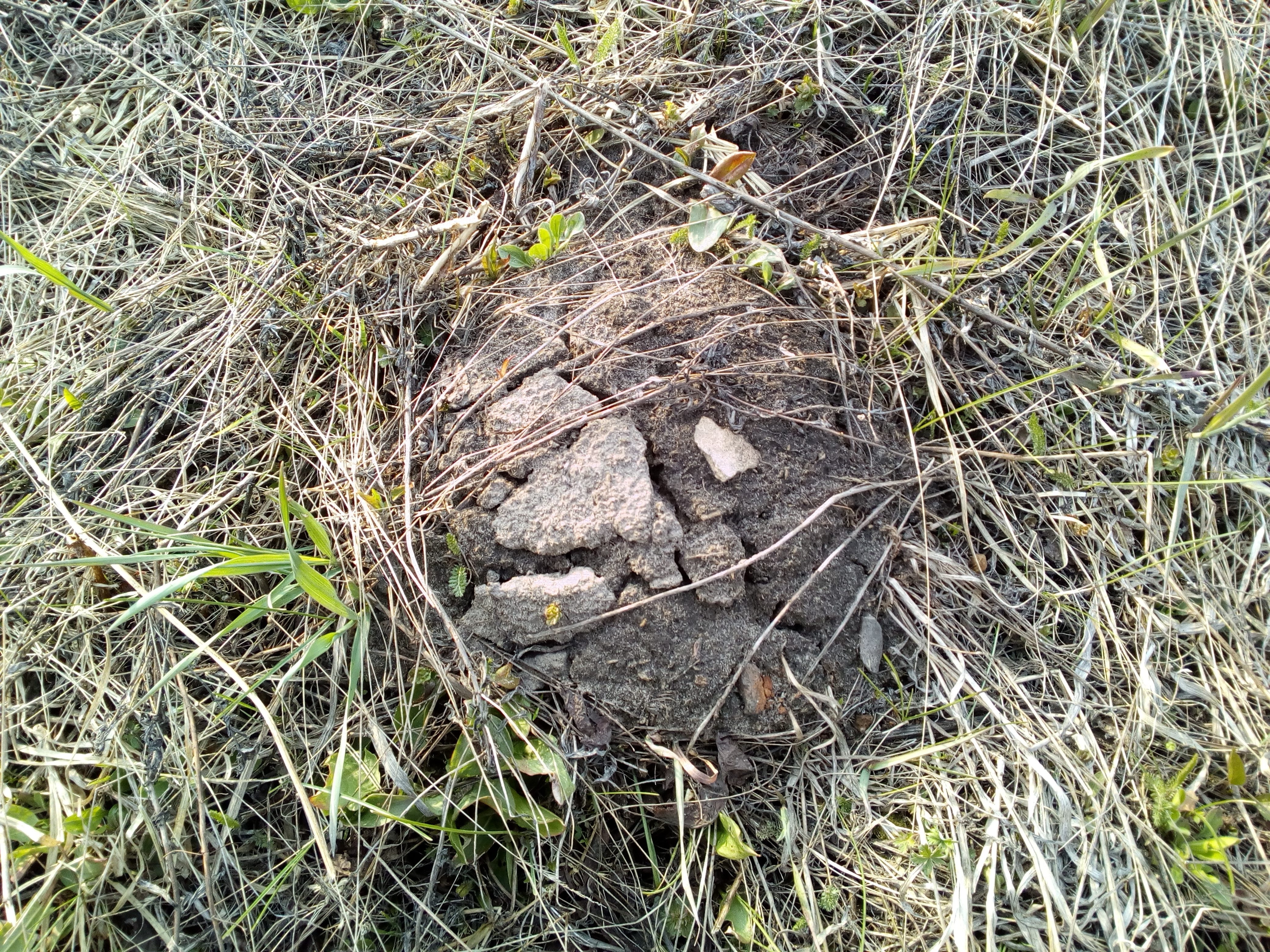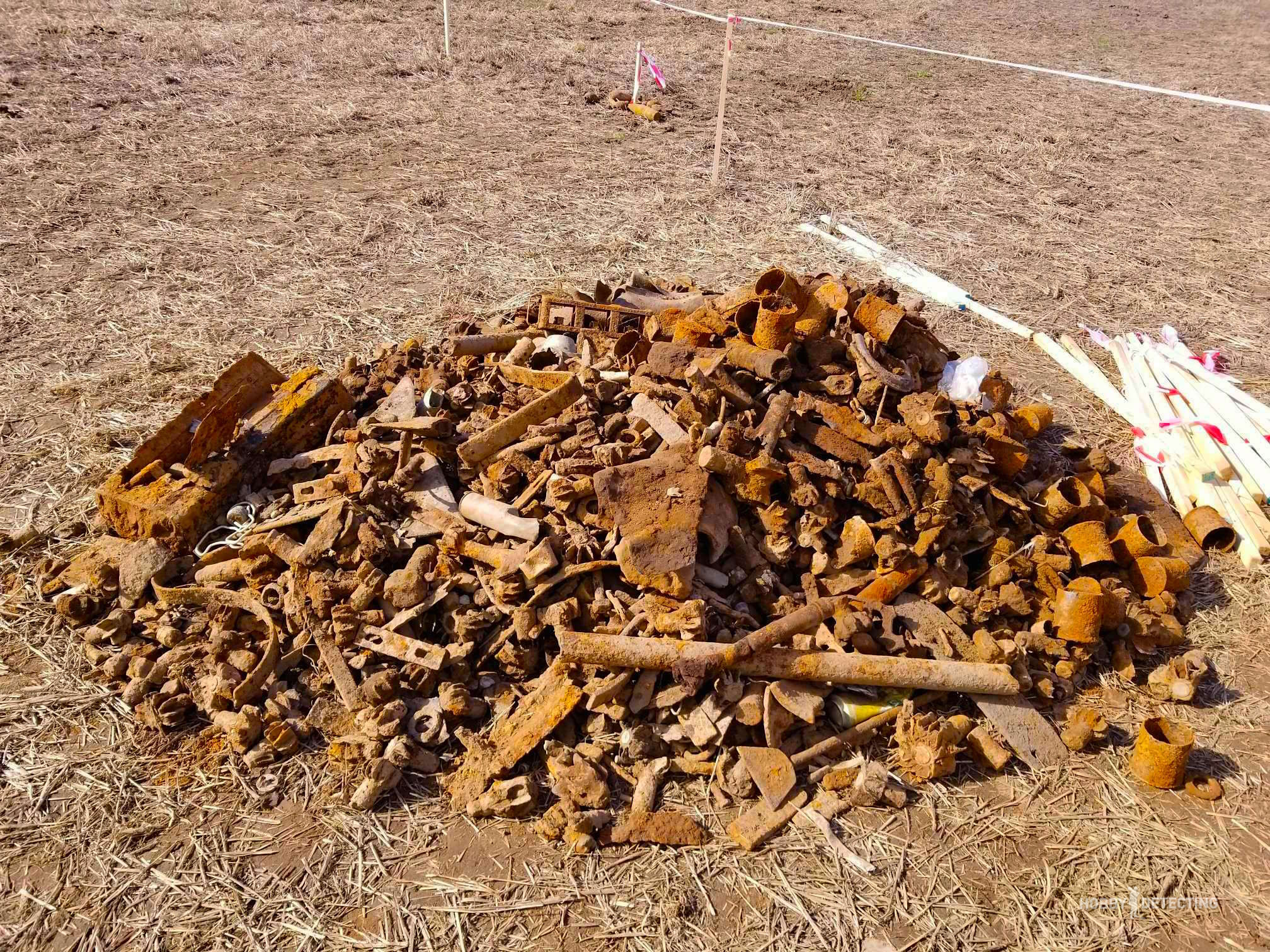Cultural layer and its legal definition
I am sure that almost every person in Russia who bought a metal detector, at least once, tried to understand the legal aspect of this hobby. And, from this moment, all lovers of instrumental search can be safely divided into those who decided for themselves that digging is prohibited everywhere and those who realized that they can dig everywhere, aft of the territories of archaeological heritage sites.
Let's try to figure it out. To begin with, I will give a full quote from the legislative definition of a cultural layer in order to understand what you need to pay attention to when analyzing this definition.
The cultural layer is understood as a layer in the ground or under water containing traces of human existence , the origin of which exceeds a hundred years , including archaeological objects . No. 73-FZ dated June 25, 2002
Let's get to the bottom of this.

Traces of human existence can only be found within the boundaries of an archaeological site. I quote: 73-FZ of June 25, 2002 Art. 3 paragraph 2. “An object of archaeological heritage means traces of human existence in past eras partially or completely hidden in the ground or under water…” Is it clear? Traces of human existence are objects of archaeological heritage. It is possible to establish and identify traces of human existence on a land plot only as a result and after the fact of archaeological excavations.
One hundred years is the established age limit for traces of human existence, which applies not to a single object, but to the entire archaeological site. Therefore, if a coin older than 100 years is found in a dugout at WWII positions, this does not mean that the dugout is an object of archaeological heritage. And, even more so, there cannot be a cultural layer there.

Archaeological objects – this definition in general is extremely vague and we will devote a separate note to it. (Archaeological objects are understood as movable things, the main or one of the main sources of information about which, regardless of the circumstances of their discovery, are archaeological excavations or finds, including objects discovered as a result of such excavations or finds.)
As we see, this definition can be interpreted in two ways. Since the law of the Russian Federation does not establish a definition of the term “Source of information” It is difficult to understand the definition of an archaeological object. Or, this is exclusively an object found during archaeological excavations. Or, any item about which information can be found in scientific archaeological works.

In fact, archaeological objects are objects recovered during field archaeological work that have aroused the interest of archaeologists themselves. Having visited any archaeological excavation, we can see how hundreds of ceramic shards are dumped into a dump of processed soil. In this case, shards with a pattern or atypical shape are taken, described and entered into the register of archaeological objects.
Judicial practice has no examples where experts brought in by the investigation or the court, speaking in court or signing examination reports, relied on these very sources of information. Although, there are individual examples when very high-profile cases never came to court due to the fact that it was not possible to accurately establish the informational relationship of the seized items with archaeological excavations. 
So what is a cultural layer?
I quote: 73-FZ of June 25, 2002 Art. 3 paragraph 2. “An object of archaeological heritage is understood (the following is a list of types of OAN and this assignment ends with the phrase) cultural layers classified as objects of archaeological heritage.” It turns out that the cultural layer is an object of archaeological heritage. In turn, the OAN is an object of cultural heritage with all the rules for registration, accounting and the establishment of boundaries of protective zones arising from it. And this, in turn, implies that if there is no identified and registered cultural heritage on the territory of a land plot, then legally there is no cultural layer there. In fact, there may be a cultural layer, but its definition, identification and registration can only take place after archaeological excavations.
Important: In the event of destruction of a cultural layer, the legislative principle of retroactive effect applies. That is, if a cultural layer was discovered, identified and recorded by archaeologists after its destruction, the citizen or organization that destroyed the cultural layer bears the full punishment. A good example of how this happens is the case of the Yuryev-Polish treasure hunter. You can also read a note about this interesting case on our channel. The link is clickable.
The case of the Yuriev-Polish treasure hunter. What could go wrong?
Dear readers, if you found our article interesting and the information useful, please like and subscribe to our channel. In the near future we will continue publishing notes on the topic of legal regulation of device search.

Other notes on the topic of legal regulation of device search:
I dug three holes and received a fine of 100 rubles. and confiscation of the metal detector
Do you sell your finds on the Internet, or do you store them in a collection? Study judicial practice
What would the ideal arrest of an instrument searcher look like?
Scrap metal mine. Two interesting court cases
